Can studying the DNA floating in seawater explain the distribution of marine life? Tracking the invisible organisms that sustain the world
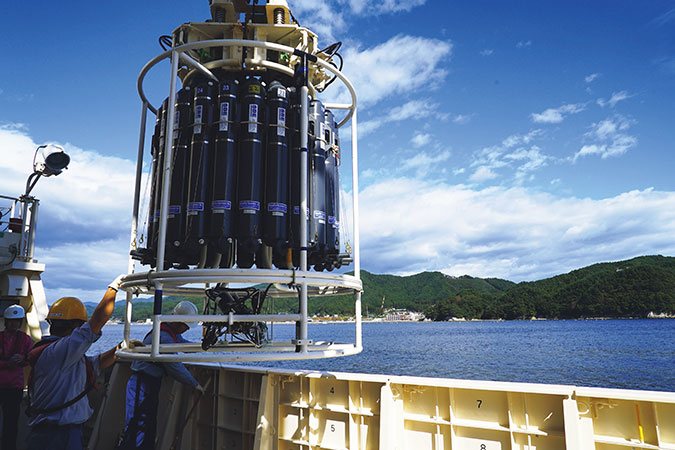
A collection of research and educational activities related to the birthplace of all life
The year 2021 marks the start of the United Nations Decade of Ocean Science for Sustainable Development, a major campaign to advance the science of the ocean, which is the birthplace of all life and sustains the lives of organisms on Earth. This year, the University of Tokyo welcomed as its new president a scientist who has lived and worked with the ocean. From engineering, physics and biology to agriculture, law and economics, we introduce UTokyo’s ocean research and marine education activities as illustrated by examples from various fields.
| Marine Microbiology |
Can studying the DNA floating in seawater explain the distribution of marine life?
 By Susumu Yoshizawa By Susumu YoshizawaAssociate Professor, Graduate School of Frontier Sciences / Atmosphere and Ocean Research Institute |
Of the multitude of microorganisms that exist in our surroundings, Associate Professor Yoshizawa specializes in marine microorganisms. He uses a method to analyze invisible organisms from DNA contained in seawater. From microorganisms to large fish, he attempts to efficiently estimate the types and quantities of organisms without capturing them.
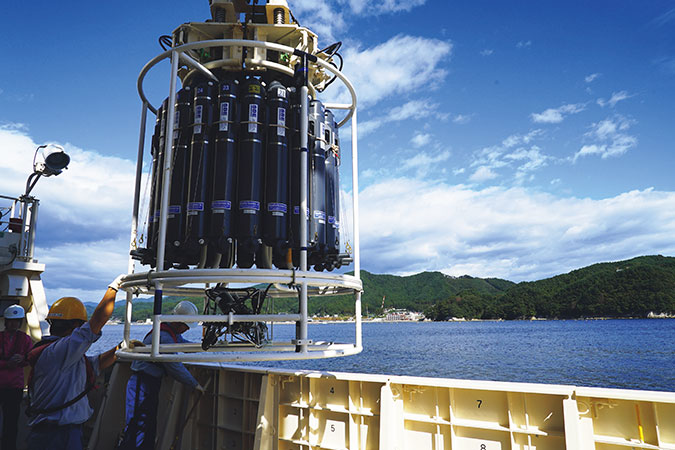
Ever since March 2020, masks have become an essential part of our daily lives. Why do we need to wear masks? To prevent the spread of COVID-19, as we all know. With the biological entity of viruses having a profound impact on our daily life, perhaps we have never been more aware of the existence of invisible organisms.
Long before the pandemic, microorganisms, the smallest of all living things, have always existed around us. For example, a spoonful of seawater contains one million microorganisms (prokaryotes) and about ten times as many viruses (10 million). Considering the vast size of the ocean, the number of microorganisms is enormous. It is hence believed that no understanding of the dynamics of marine ecosystems is possible without taking into account the functions and biomass of microorganisms. Because microorganisms are invisible to the naked eye, our opportunities to experience their presence are limited, but there are several microbial phenomena that we can see.
For instance, we can observe microorganisms that emit light (luminous bacteria) with our naked eyes. Luminous bacteria are widely present in the intestines and body surfaces of fish. They are also bred as symbiotic bacteria in the luminescent organ of twofin flashlightfish (Anomalops katoptron) and Atlantic footballfish (Himantolophus groenlandicus). If you have a chance, try observing marine organisms purchased at a supermarket in a dark room. Many of them will glow due to the growth of luminous bacteria. Though invisible to the naked eye, microorganisms exist everywhere around us.
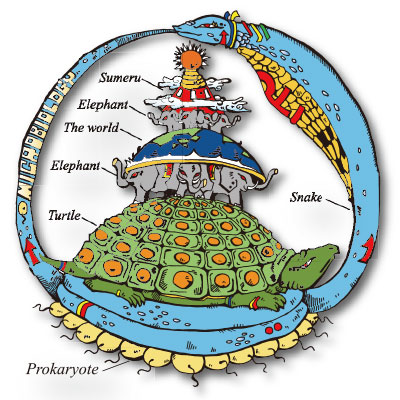
Then how do we study invisible marine microorganisms? Although a culture study using agar media was the conventional standard, filtering seawater and studying the DNA contained in the seawater has been the mainstream method since the 1990s because 99% of marine microorganisms cannot be cultured. The species of microorganisms can be inferred by examining the sequence of the ribosome called 16S rRNA. This approach allows us to find out which microorganisms exist in which parts of the ocean. Subsequently, with the development of gene sequencing technology, metagenomics, which is the comprehensive analysis of DNA, became widely used. Gradually we began to understand not only the species but also the functions of the microorganisms. From the metagenome, we discovered that archaea (a type of prokaryote) are also responsible for nitrification reaction in the ocean, and that a photoreceptor (i.e., microbial rhodopsin), which is different from photosynthesis, is widely distributed in the ocean photic zone. These discoveries could not have been found using conventional methods.
In recent years, it has become clear that DNA extracted from filters also contains DNA from plankton and fish other than prokaryotes. In other words, by simply examining seawater, we can efficiently estimate the species and amounts of organisms, from microorganisms to large fish, without the need to capture them. Currently, the Atmosphere and Ocean Research Institute of the University of Tokyo is conducting the “Ocean DNA Project”* to reveal the distribution of marine organisms by examining seawater from various locations and depths in the ocean. Why do we need to know the distribution of marine life? Because it is essential to first know where and what kinds of organisms exist to maintain the diversity of marine life and properly manage resources. We hope to create biological charts that will enable us to understand the distribution, migration routes and spatio-temporal variation patterns of marine organisms in addition to the dynamics of microorganisms, by examining invisible DNA.
* https://www.u-tokyo.ac.jp/adm/fsi/en/projects/sdgs/projects_00103.html
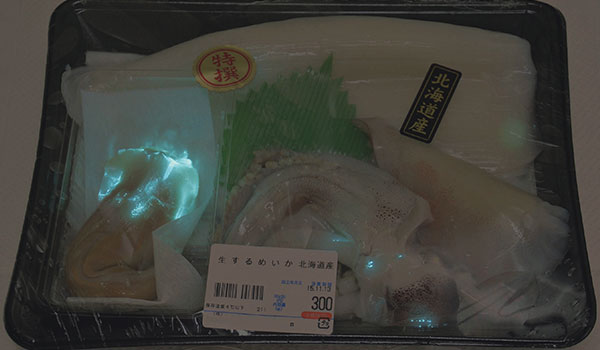
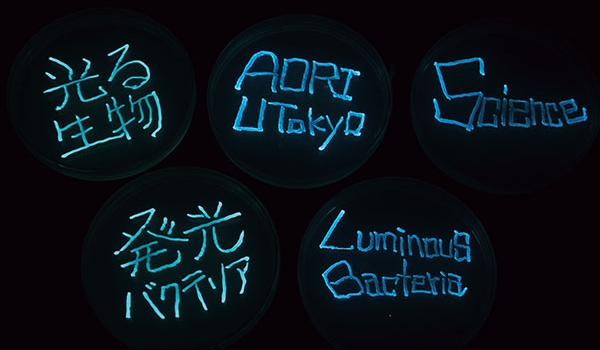
** This article was originally printed in Tansei 43 (Japanese language only). All information in this article is as of September 2021.






